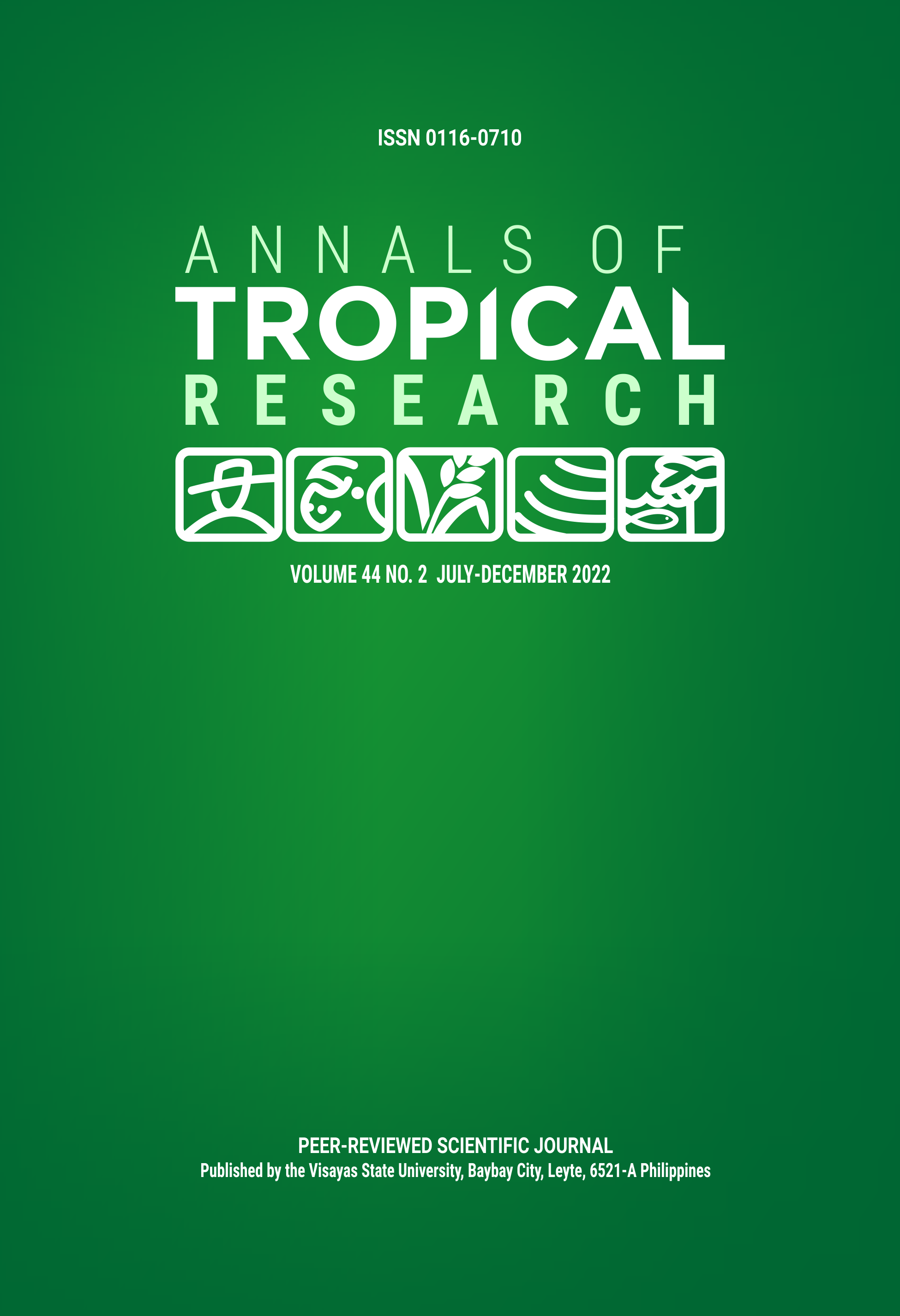Growth, yield and microbial contamination of lettuce (Lactuca sativa L.) grown under two types of cultivation system as influenced by different organic fertilizers
DOI:
https://doi.org/10.32945/atr4429.2022Keywords:
lettuce, protective structure, vermicast, dried chicken dung, E. coli, SalmonellaAbstract
Increasing popularity of lettuce in the tropics is becoming evident due to its widespread use in health and nutrition. Lettuce, a ready-to-eat vegetable is expected to be safe and of good quality. A study was conducted to assess the effect of different organic fertilizers on the growth, yield and microbial contamination of lettuce grown under two types of cultivation system. This was carried out in a combined analysis arranged in randomized complete block design with the following treatments: without organic fertilizer (control), cow manure, fresh chicken dung, dried chicken dung, vermicast and goat manure. Results showed that lettuce grown under structure performed better than in open field as manifested by early heading, bigger polar head size, longer and broader leaves and more compact head. Among the organic fertilizers used, dried chicken dung and vermicast enhanced the yield and yield components of lettuce. Microbial contaminants like E. coli were detected in soils applied with organic fertilizers. The highest microbial count was recorded in fresh chicken dung-treated soils in both open field and under structure. E. coli contamination in lettuce leaves was more evident in the open field than under structure. Regardless of soil and crop samples, treated or not, positive detection of Salmonella was observed.
Downloads
Submitted
Published
How to Cite
Issue
Section
License

This work is licensed under a Creative Commons Attribution-NonCommercial-ShareAlike 4.0 International License.











